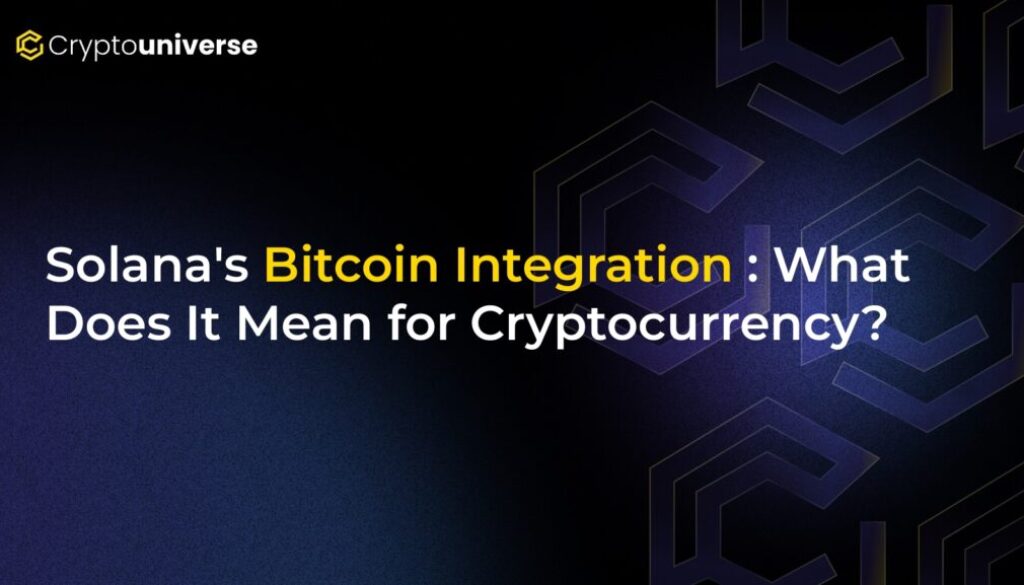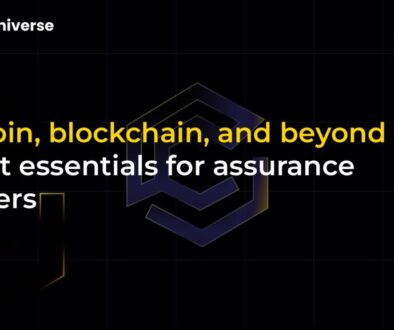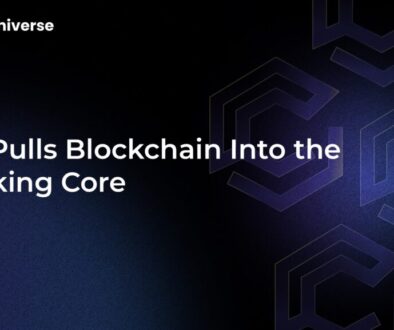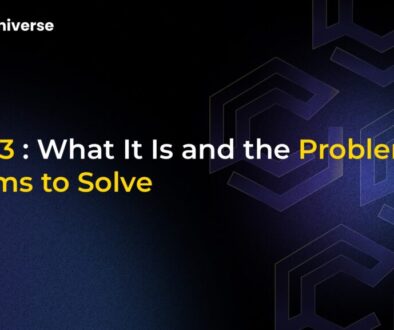Solana’s Bitcoin Integration: What Does It Mean for Cryptocurrency?

A Landmark Alliance: Bitcoin’s Power Meets Solana’s Speed
The cryptocurrency world is buzzing with a development that could reshape the entire digital asset landscape: the deep integration of Bitcoin with the Solana blockchain. This isn’t just another partnership; it’s a strategic fusion that aims to combine Bitcoin’s unmatched liquidity and security with Solana’s lightning-fast transaction speeds. The goal is to unlock new possibilities for decentralized finance (DeFi), streamline business operations, and create a more interconnected blockchain ecosystem. But what does
The Best of Both Worlds: Marrying Security with Scalability
For years, the blockchain community has grappled with the “trilemma” of achieving security, scalability, and decentralization simultaneously. Bitcoin is the undisputed king of security and decentralization, but its network can be slow and expensive for everyday transactions. Solana, on the other hand, was built for speed, capable of handling thousands of transactions per second (TPS) at a fraction of the cost.
This integration seeks to create a powerful synergy:
- For Bitcoin: It unlocks its massive, largely dormant liquidity, allowing BTC to be used actively in high-speed DeFi applications without leaving its native chain insecure.
- For Solana: It gains access to the industry’s most valuable asset, potentially attracting a wave of institutional capital and solidifying its position as a top-tier blockchain for developers.
This move mirrors how Wrapped Bitcoin (wBTC) fueled an explosion of growth in Ethereum’s DeFi ecosystem. By bringing native Bitcoin to Solana’s high-performance environment, the potential for innovation is immense.
How Is It Happening? The Tech Behind the Bridge
This integration isn’t a single switch but a collaborative effort involving several innovative protocols working to connect the two networks seamlessly and securely.
Key Players and Protocols:
- Zeus Network: This project acts as a communication layer, connecting Bitcoin’s security with Solana’s scalability. It allows developers to build applications on Solana that can interact with the Bitcoin network in a decentralized manner.
- Portal to Bitcoin: Focusing on true self-custody, Portal facilitates trustless atomic swaps between Bitcoin and Solana. This means users can trade BTC for SOL (and other Solana-based assets) directly, without relying on a centralized intermediary or risky bridges, ensuring they never lose control of their private keys.
- Internet Computer Protocol (ICP): Expanding the vision, ICP is creating a multi-chain hub where its smart contracts can natively read and sign transactions on Bitcoin, Ethereum, and now Solana. This enables complex cross-chain operations without the vulnerabilities of traditional bridging technology.
Unlocking New Frontiers: From DeFi to SME Payroll
With Bitcoin’s liquidity flowing into Solana’s ecosystem, a new wave of applications is becoming possible.
Transforming Decentralized Finance (DeFi)
Bitcoin’s value can now be used for more than just holding. On Solana, it can power lending and borrowing protocols, provide liquidity to decentralized exchanges, and be used as collateral for minting stablecoins—all while benefiting from Solana’s low fees and high speed.
Revolutionizing Payroll for SMEs
The integration could be a game-changer for small and medium-sized enterprises (SMEs). Platforms like Zebec, built on Solana, enable real-time payroll streaming. Businesses can use smart contracts to automate salary payments, allowing employees to receive their wages instantly. This is particularly appealing to a tech-savvy workforce and can significantly reduce administrative overhead.
Challenges on the Horizon: Centralization and Regulation
Despite the excitement, the road ahead is not without obstacles. Both the technology and the regulatory environment present significant challenges.
Solana’s Technical Hurdles
Solana’s speed comes from its unique Proof of History (PoH) consensus mechanism. However, this technology has its trade-offs:
- Centralization Concerns: Running a Solana validator requires high-end hardware, limiting the number of participants who can secure the network. With around 2,000 validators compared to Ethereum’s 800,000+, concerns about potential collusion and control by a smaller group persist.
- Network Stability: Solana has a history of network outages, including a significant five-hour disruption in February 2024. For mission-critical applications like finance and payroll, such reliability issues are a major concern.
The Regulatory Maze
Navigating the global regulatory landscape is another major challenge. In Europe, frameworks like the Markets in Crypto-Assets (MiCA) regulation introduce compliance costs that may deter smaller businesses. Meanwhile, regions in Asia like Hong Kong and Singapore are creating clearer rules to attract institutional investment, which could benefit Solana. However, the lack of global regulatory harmony remains a barrier to widespread adoption.
The Final Verdict: A Bold Step Forward
Solana’s integration with Bitcoin is more than just a technical upgrade; it’s a pivotal moment in the quest for a more interoperable and efficient blockchain future. By combining the strengths of the two crypto giants, the ecosystem is poised to unlock unprecedented value and utility.
While significant challenges related to decentralization, network stability, and regulation remain, the potential rewards are immense. This collaboration could redefine what’s possible in DeFi, change how businesses operate, and ultimately bring the entire crypto industry one step closer to mainstream adoption.


